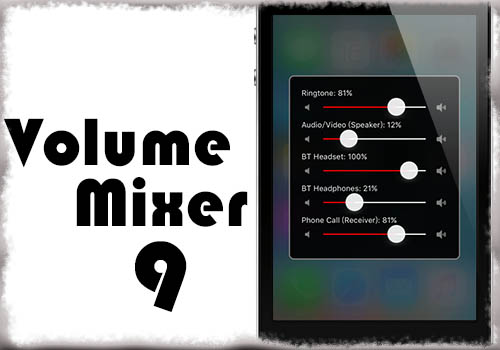
Now navigate to the following: Hardware and sound > Adjust system volume (under Sound) Open the Control Panel by typing in control in the Run Command box. Here is a short guide to opening the Volume Mixer window from the Control Panel:
Volumemixer windows 10#
In Windows 10: Settings app > System > Sound > App vlume and devices preferences Volume Mixer in Settings app – Windows 10 From Control Panel In Windows 11: Settings app > System > Sound > Volume mixer Volume Mixer in Settings app – Windows 11 If you are already using the Windows Settings app, you can open the Volume Mixer by navigating to the following: That’s it! You will now see the Volume Mixer in front of you with sliders for different devices and apps that you can adjust. Right-click on the speaker icon in the taskbar. However, in Windows 11, you are taken to the Settings app, whereas in Windows 10, you see the Volume Mixer flyout.įollow these easy steps to open Volume Mixer: The methods to open Volume Mixer in Windows 11 and Windows 10 through the Quick Access menu are the same. Perhaps the most convenient way to open Volume Mixer is through the Quick Access menu in the taskbar.
Volumemixer how to#
How to Open Volume Mixer From Quick Access Menu Let us now see the different methods to access Volume Mixer.

The Location / Full-Path of Volume Mixer is C:\Windows\System32\SndVol.exe Or Via Windows+R and the command sndvol (. You can easily start the Volume Mixer via Sound Symbol in Window 10 Control Panel. Customize Auto-Play settings in Windows 10, (enable disable)!ġ.) Volume mixer desktop shortcut on Windows 10 or Windows 11! What can I do if the volume mixer is not working properly?ĥ.) … Use ms-settings:sound command to set the sound under Windows 10! < Volume mixer desktop shortcut on Windows 10/11!Ģ.). It is simple to create a Volume Mixer Desktop Shortcut in Windows 10/11, the example is also for Windows 8.1 suitable!ġ.).
Volumemixer windows 8.1#


 0 kommentar(er)
0 kommentar(er)
